Is My Roof Vulnerable to Heavy Rain?
September , 2023 | 6 min. read
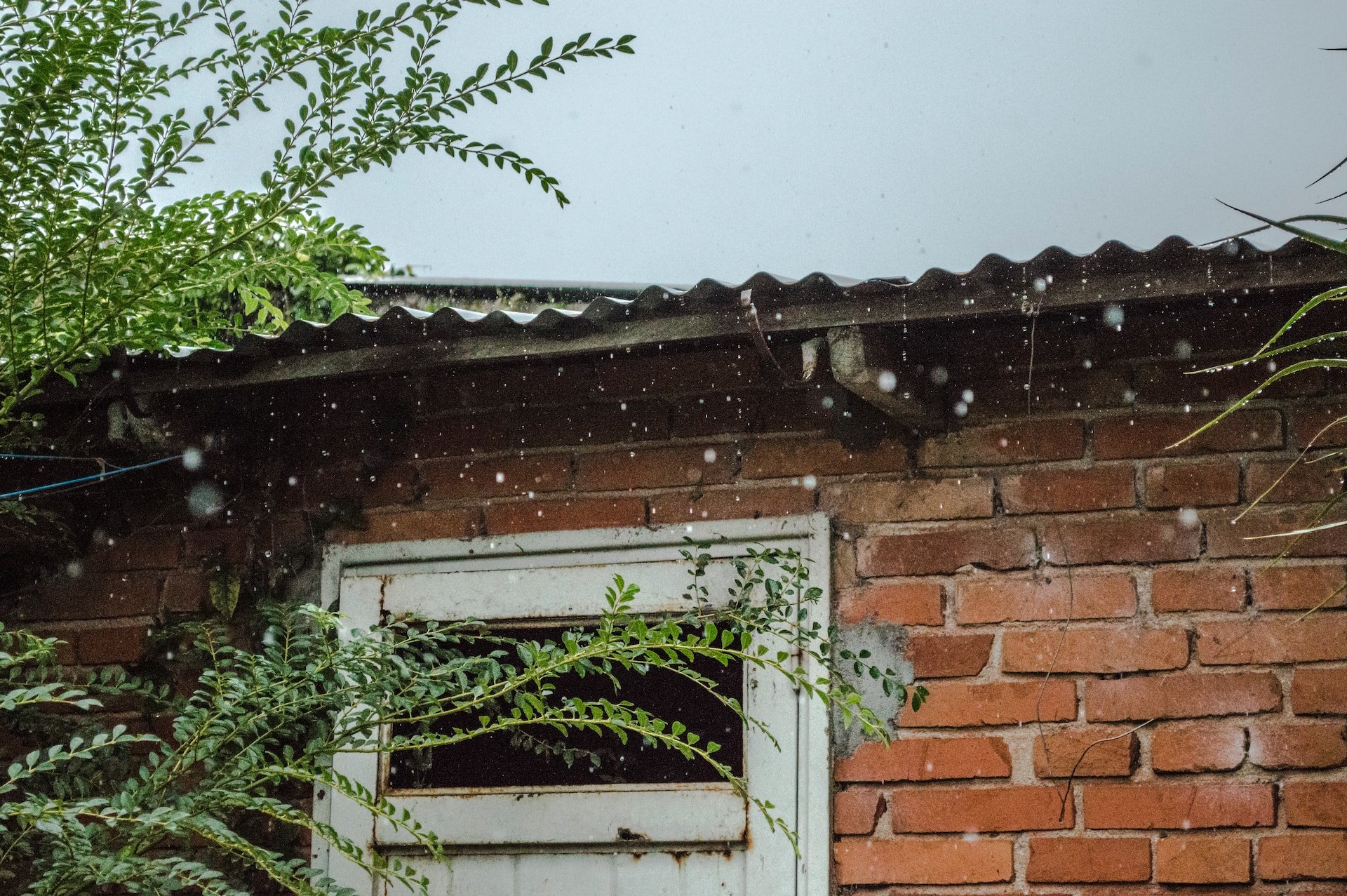
Your home's roof is the first line of defense against the elements, and one of the most formidable challenges it faces is heavy rainfall. Rain, especially during storms and downpours (I’m looking at you, Florida), can put your roof to the test, revealing vulnerabilities that, if left unattended, can lead to significant damage to the structure and interior spaces.
Understanding the factors that make a roof susceptible to the onslaught of rain is essential for homeowners like yourself. At RoofCrafters, we’ve been aiding clients in roof reinforcement efforts against heavy rain for over 30 years, and we see all too often roofs that aren't accounted for with preventative measures and regular inspections against rowdy rainfall that suffer from cracks, leaks, and more.
The last thing we want is for a leak to rear its ugly head during the next storm and suddenly your beloved family portrait in the living room is damaged beyond repair by water and debris, which is why we created this piece of content for you! In just a few short moments, you’ll learn some factors that may contribute to roof vulnerability against heavy rain, and how exactly you can protect your roof in the future. Let’s get started!
Is My Roof Vulnerable to Heavy Rain?
Determining whether your roof is vulnerable to heavy rain depends on several factors, including the age and condition of your roof, the quality of its construction, and the climate in your area. Here are some things to consider to assess your roof's vulnerability to heavy rain:
Roof Material: The type of roofing material you have can impact its vulnerability to heavy rain. Asphalt shingles, for example, may deteriorate over time and become more susceptible to leaks. Metal roofs and well-maintained tile or slate roofs are generally more resilient to heavy rain.
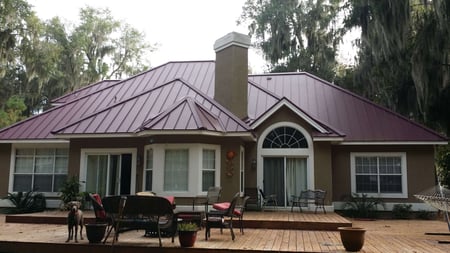
Age of Roof: Older roofs are more likely to develop vulnerabilities over time. Regular inspections and maintenance are crucial for identifying and addressing issues before they worsen.
Roof Pitch: The pitch or slope of your roof can affect its ability to shed water. Roofs with a steeper pitch are typically better at directing rainwater away from the structure. Low-slope or flat roofs may require special drainage systems to prevent water from pooling.

Roof Flashing: Flashing is used to seal roof transitions, such as where the roof meets chimneys, skylights, or walls. If flashing is damaged or improperly installed, it can be a common source of leaks during heavy rain.
Gutters and Downspouts: Properly functioning gutters and downspouts are essential for directing rainwater away from your roof and foundation. Clogged or damaged gutters can lead to water pooling on the roof or overflowing, causing damage over time.
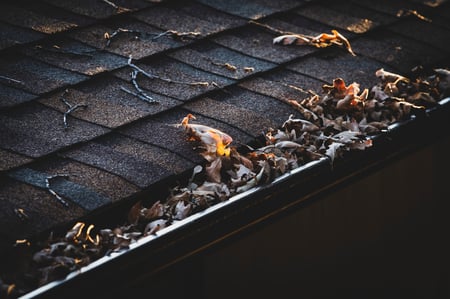
Roof Maintenance: Regular roof inspections and maintenance can help identify and address vulnerabilities before heavy rain occurs. This includes checking for loose or damaged shingles, repairing or replacing damaged flashing and cleaning gutters.
Climate: The climate in your area plays a significant role in your roof's vulnerability to heavy rain. Areas prone to frequent heavy rain, storms, or hurricanes may require more robust roofing materials and construction to withstand the weather.
If you are unsure about the vulnerability of your roof to heavy rain, it's a good idea to consult with a professional roofing contractor. They can assess the condition of your roof and provide recommendations for repairs or upgrades if necessary. Regular maintenance and proactive measures can go a long way in protecting your home from heavy rain and water damage.
How Do I Protect My Roof Against Heavy Rain?
Protecting your roof against heavy rain is essential to prevent water damage to your home. Here are some steps you can take to safeguard your roof:
Regular Roof Inspections
Schedule regular roof inspections, ideally once or twice a year, to check for any signs of damage or wear and tear. While you wait for a professional, always look for any loose, damaged, or missing shingles or tiles, as well as cracked or deteriorated roofing materials. While you're at it, be sure to examine the condition of roof flashing, seals around roof penetrations (vents, chimneys, skylights), and gutters if you're able to see them easily, of course!
Maintain Gutters and Downspouts
Make sure to keep your gutters and downspouts clean and free of debris to ensure proper drainage. Always check for clogs and remove leaves, twigs, and other obstructions. If you do suspect a problem, repair or replace damaged gutters and downspouts to prevent leaks and overflowing.
Trim Overhanging Trees
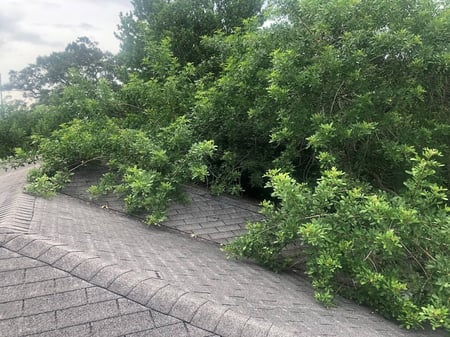
Trim branches and limbs that overhang your roof to prevent them from falling and causing damage during heavy rain or storms. Falling leaves and branches can also clog gutters, so trimming trees can help with gutter maintenance.
Install Gutter Guards
Gutter guards can help prevent debris from entering your gutters while still allowing water to flow through. They can reduce the frequency of gutter cleaning.
Check Attic Ventilation
Proper attic ventilation helps maintain a consistent temperature in your attic and reduces the risk of ice dams and moisture buildup. Ensure that attic vents and insulation are in good condition and are working as intended.
Maintain Roof Flashing
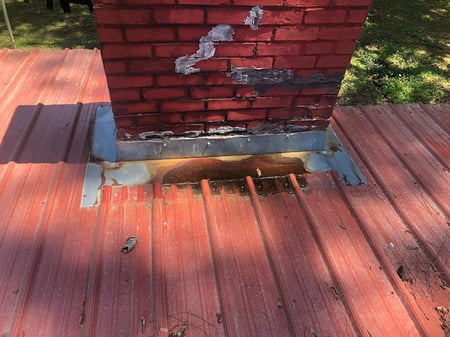
Roof flashing, which seals roof transitions and openings, should be inspected for damage and properly sealed to prevent water infiltration; Repair or replace any damaged flashing promptly.
Seal Roof Penetrations
Inspect and seal any gaps or cracks around roof penetrations like vents, chimneys, and skylights to prevent water from entering your home.
Replace Damaged Roofing Materials
If you find damaged or deteriorated roofing materials during your inspections, replace them promptly to maintain the integrity of your roof. Depending on your roof type, a reflective roof coating can help protect against water damage and prolong the life of your roof.
Be Prepared for Severe Weather
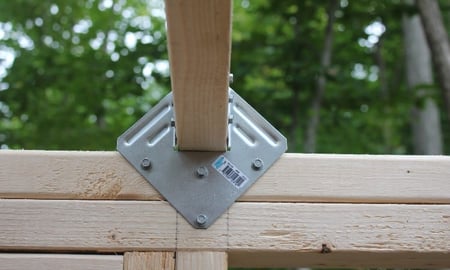
In areas prone to heavy rain, storms, or hurricanes, consider additional protective measures such as hurricane straps or reinforced roofing materials. Remember that proactive maintenance is key to protecting your roof against heavy rain and ensuring its longevity. Neglecting roof maintenance can lead to costly repairs and water damage to your home's interior.
Is It Important to Protect My Roof From Heavy Rain?
In short, absolutely! If you believe your roof is vulnerable to heavy rain, safeguarding your investment is a critical aspect of maintaining the integrity of your home and preventing water damage. Regular roof inspections, coupled with timely repairs and maintenance, are essential to ensure that your roof remains resilient in the face of adverse weather conditions.
Key measures include checking for damaged roofing materials, maintaining gutters and downspouts, trimming overhanging trees, and addressing issues with attic ventilation, flashing, and roof penetrations. Additionally, considering your local climate and adhering to building codes and regulations can provide valuable guidance on protecting your roof from heavy rain effectively.
By taking proactive steps to fortify your roof's defenses and seeking professional assistance when needed, you can prolong the life of your roof and safeguard your home from the potential devastation caused by water infiltration during heavy rainfall. If you’re interested in boosting your roof's protective measures against heavy rain, be sure to hit the “Schedule an Inspection” button down below, and one of our experts will set up an appointment to thoroughly review any weak points susceptible to damage and discuss the options available to you!
My name is Cassie, and I’m the Content Manager here at RoofCrafters. I was born and raised in Chicago, Illinois, and made my way out to Florida post-college graduation. I’m incredibly passionate about writing and creating valuable content that helps others with the collaboration of my marketing team. When I’m not working, I enjoy shopping (a little too much), spending time at the beach, and reading!



